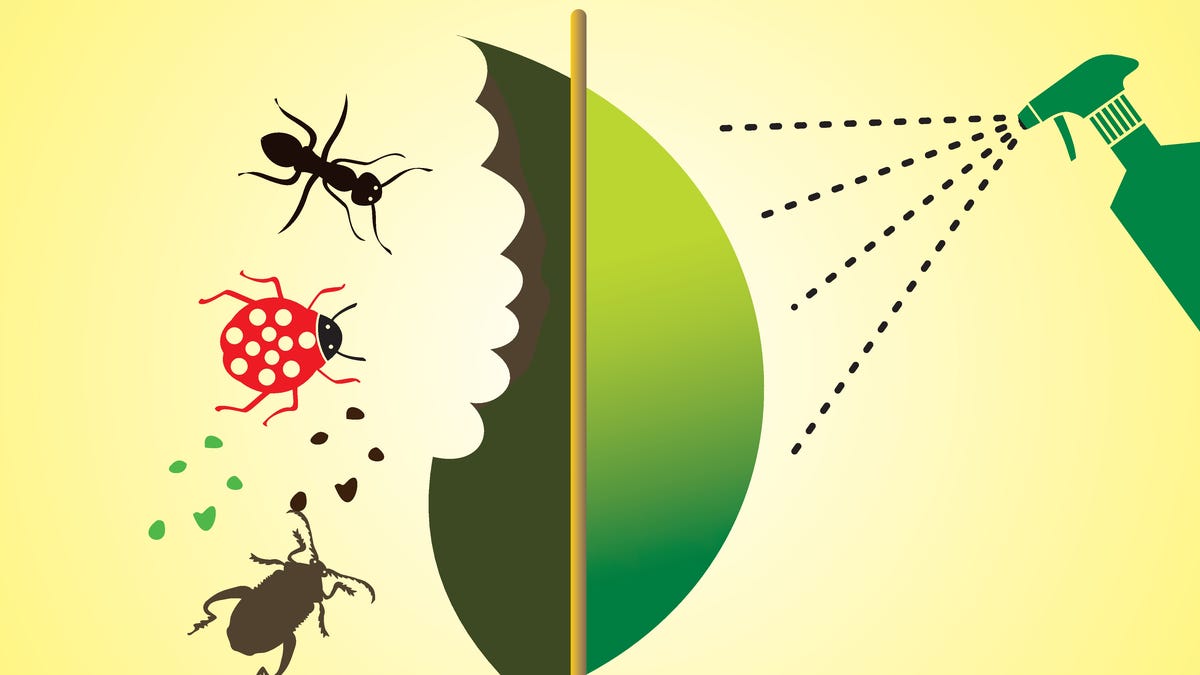For many of us, springtime means the start of garden season.
But exactly when to plant and what to do with your lawn varies widely by location and, of course, the weather.
Here’s our regional guide to help you get started on this year’s crop of backyard vegetables.
When To Expect The Last Freeze
“It is important to find out when your average last freeze is before you head to the garden center and spend a lot of money to plant beautiful landscaping, just to have it die before spring has really sprung,” weather.com senior meteorologist Dina Knightly said.
Some seeds and plants can be placed in the garden before the last frost, which can happen at temperatures below about 36 degrees and typically comes after the last freeze.
Local national weather service offices typically track the last frost and freeze dates each spring and the first ones in the fall.
While this will vary from year to year, here are the typical timelines for last freezes in regions and cities across the U.S.
-
March 1 – 30: Much of the South into the Desert Southwest and West Coast, including Seattle; Portland, Oregon; Atlanta; New York; Washington
-
March 30 – April 10: Areas from southern New Mexico into the Northeast including Raleigh, North Carolina; Philadelphia; Boston; St. Louis; Kansas City
-
April 10 – 30: Plains and Midwest to the East Coast including Reno, Nevada; Omaha, Nebraska; Indianapolis; Chicago; Pittsburgh; Buffalo, New York
-
April 30 – May 15: Northern tier and Mountain West including Denver; Missoula, Montana; Fargo, North Dakota; Green Bay, Wisconsin; Bangor, Maine
-
After May 15: Canadian border and high Rocky elevations including Great Falls, Montana; Casper, Wyoming; Flagstaff, Arizona; Crested Butte, Colorado
A man in a hat and green shirt picks a green head of cabbage from a garden patch.
Seek Out Free, Local Help
Every state has local agricultural extension offices that offer advice and help on everything from soil to water to seeds to growing and even preserving and cooking your garden vegetables. They’re typically associated with larger universities, but have county-based offices.
Depending on area and expertise, free programs include things like soil testing, assessments to tell you what plants will thrive in your yard, native plants workshops and more.
They can also advise you on what and when to plant for the best results in your specific county.
What To Plant When
Here are some general planting guidelines from Burpee.com.
-
Cool-weather crops like spinach, peas, and radishes: about three weeks before your average last frost date
-
Warm-weather vegetables like tomatoes and peppers, as well as herbs: after the last frost
-
Fall planting: count backward from your first average frost.
When To Mow Your Lawn In The Spring
In general, start mowing when the ground is dry and the grass is long. In other words, when the weather gets nice for an extended period of time. Here are some other general tips from the Kansas State University and Extension Johnson County in the Kansas City area.
-
Avoid cutting grass too low, as that allows sunlight to reach the soil and fuel weed growth. It can also make grass more susceptible to damage from a late-season freeze.
-
In order to build up drought tolerance in spring growth, water only as needed. Note the need to water might vary by location around the country.
-
Reduce or eliminate spring fertilizers.
MORE ON WEATHER.COM
–Does A Warm Winter Mean An Early Start To Gardening And Lawn Care?
–Falling Trees: An Underreported, Deadly Danger During Severe Weather
Weather.com senior writer Jan Childs covers breaking news and features related to weather, space, climate change, the environment and everything in between.








